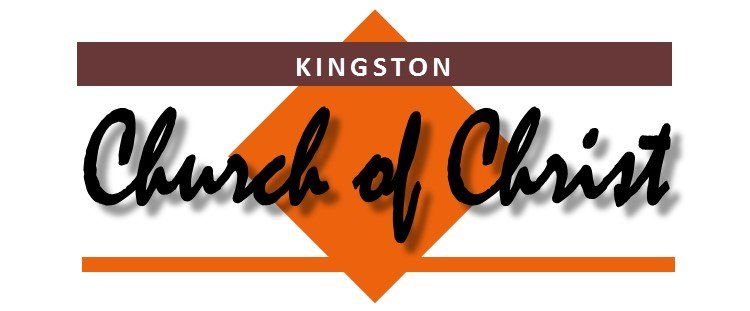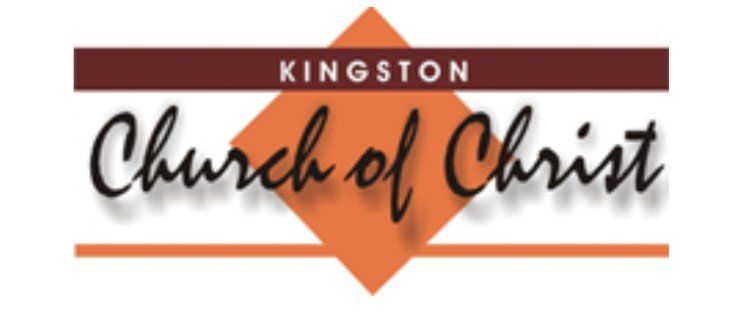-
How to Make Communion Bread
The main thing to remember is that communion bread must be made without yeast.
Ingredients:
- 1/4 cup flour
- 2 tsp oil
- 2 tsp water
- a pinch of salt
Instructions:
Mix till it forms a dough.
Roll into flat bread
Use the cap of an oil bottle to cut out circles
Bake until light brown
-
How to Conduct a Group Meeting in a Pandemic
The KCOC has facilitated meetings online. But it is recognized that this cannot adequately replace some benefits of meeting face-to-face. Furthermore, we will get back to meeting together at some point. When we do, it is important that all precautions are taken to keep everyone safe. Vaccines have been highly recommended by most medical practitioners and vaccinated people are less likely to pass on the virus to other people. Nonetheless, everyone must exercise their right to choose what goes into his/her body. Therefore, some people may choose not to be vaccinated.
If your group is going to meet, follow these safety guidelines and any other that have been published by the Ministry of Health:
- No one who has any symptoms should attend
- Meet outdoors or in a well-ventilated room
- Social distanced
- Wear surgical masks unless eating and drinking
- When eating and drinking, stay 6 ft apart
- Have a sanitization station
- Eat prepared meals / no buffet
- Each person must sanitize the restroom whenever it is used
-
How to Write a Discussion Lesson
Remember that a discussion lesson is much different from a sermon. A sermon is a one-way form of cummunication. The goal of a Bible Discussion is to both solicit a vibrant discussion, allowing participants to air their perspectives while conveying the Biblical principles about the topic. As people share their perspectives, validate what they have said with sincere responses such as, "That is an interesting perspective", "That is very insightful", or simply, "Thanks for sharing that". If someone has misuinterpreted the scripture, then give gentle guidance. For example, "While I agree with the premise of your statement, we must remember that Jesus said...".
With that in mind, begin by selecting the theme scripture.
Exegete the passage / Determine what was meant and what the original hearers would have understood. That needs to guide the discussion and should be tied to the conclusion.
Decide on an opening question that is related to the theme, but also related to a secular or current issue. The question should not solicit yes or no answers, but should be open-ended. For example, if the discussion is about the Samaritan woman, you may ask, "What are some differences of doctrines that cause believers to separate themselves from other believers?"
Read the passage, give some background and explain, then ask abother question. The discussion should include application of the passage in our modern day context. You may break the passage into parts and have a discussion about each part until you reach the end. Alternatively, you may select about2 or 3 scriptures related to the topic and discuss each. The discussion should last about 15 to 20 minutes.
Conclusde by summarizing the discussion and reminding participants about the point of the lesson.

